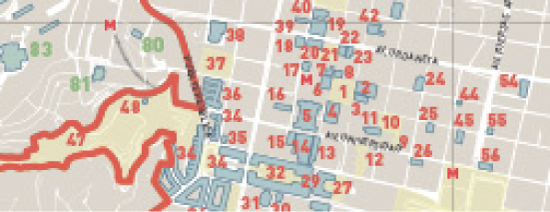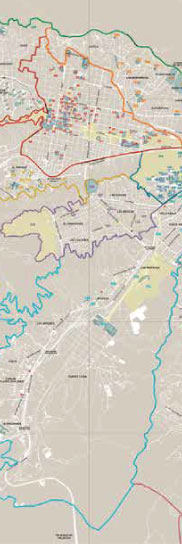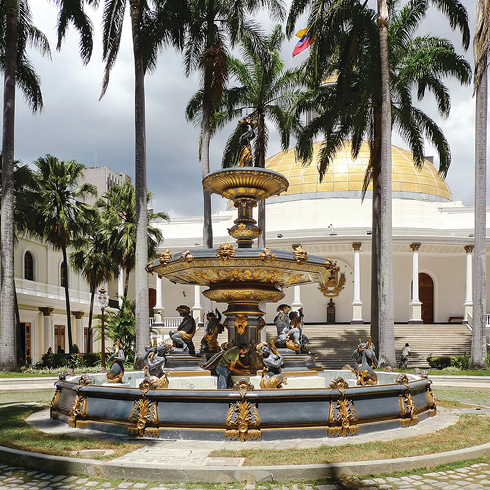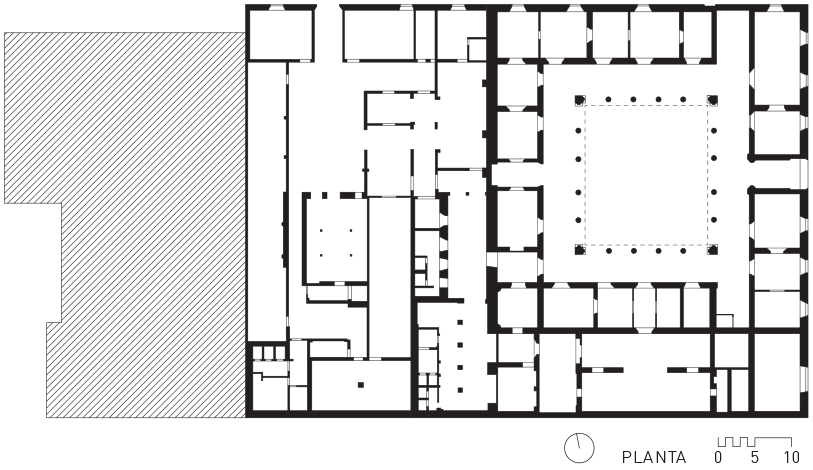YPM-2
The first building was a family home built between the sixteenth and seventeenth centuries. In 1689, after it was sold to Governor Diego Jiménez de Enciso, a royal prison was built there, with large windows on the upper level. During José Antonio Páez’s first Presidency, it was used as a militia prison. In 1842 the house of government was installed there. The rectangular building has two stories, arranged around a central courtyard, surrounded by corridors with ionic columns supporting a series of horizontal arches. Designed according to the aesthetic categories of order, symmetry and proportion, the monolithic building has two rows of balconies along the north and east façades. In 1864 further changes were entrusted to Juan Hurtado Manrique, whose style was characterized by eclecticism and skill with classic repertoire. Two entrances, an inner courtyard, and a system of high and low Doric arches were built. In 1934, before the fire in the nineties, the interior spaces had decorative frescoes by French painter E.D.Guillonet, and paintings by Arturo Michelena, Cristóbal Rojas, Vicente Gil and Almeida Crespo. It was here that the transcendental Venezuelan historical events of April 19, 1810, took place. It was declared a Historical Monument on February 16, 1979.
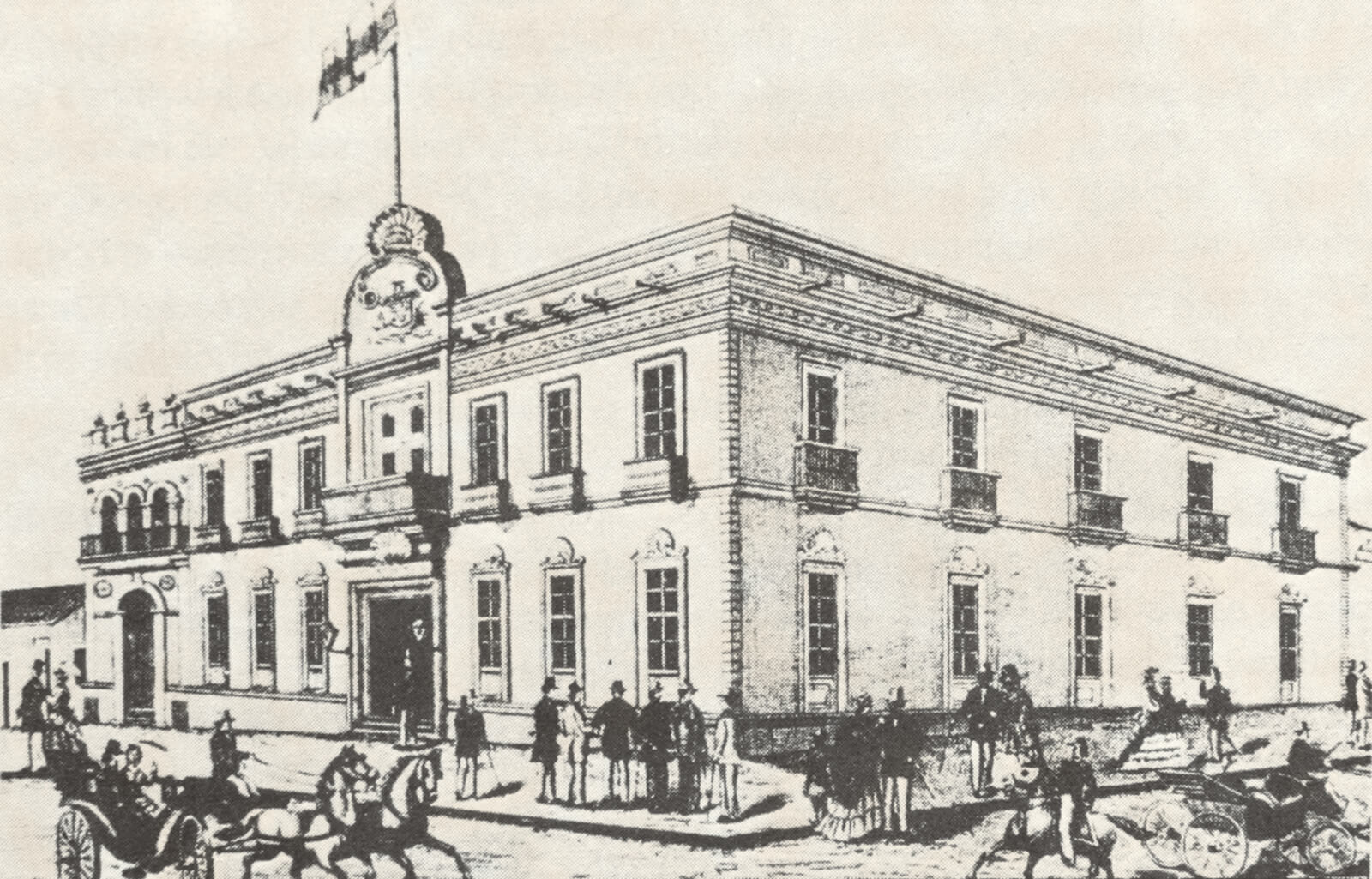
DF-07

DF-08

YPM-1



